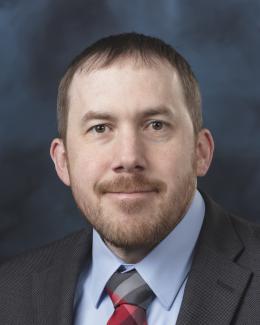Project Details
Background
Commercial spent nuclear fuel (SNF) in the United States is stored at 74 nuclear reactor sites, including currently operating and shutdown sites. A small number of SNF assemblies are also stored at a private storage facility (GE Morris in Illinois) and at US Department of Energy (DOE) facilities (e.g., Idaho National Laboratory [INL]). Many of the reactor sites consist of more than one nuclear reactor and multiple SNF pools and dry storage pads. The US SNF inventory currently consists of approximately 76,000 metric ton of uranium (MTU), and the US commercial reactors are discharging approximately 2000 MTU every year. This large volume of SNF inventory is also very diverse in terms of originating reactors (pressurized water reactors [PWRs] and boiling water reactors [BWRs]); fuel assembly class (e.g., 15×15, 17×17, 9×9, 10×10, and reactor-specific designs such as the 13×14 configuration used at Indian Point Unit 1); historical and current fuel manufacturers (e.g., Framatome [Historical], Areva, Global Nuclear Fuels [GNF], Westinghouse), and fuel assembly types (e.g., Westinghouse 17×17 Standard, GNF2). Most of the SNF assemblies (~66%) are stored in the SNF pools; however, as pools have reached capacity limits, US utilities have implemented dry cask storage at a current rate of ~200 new casks loaded per year. The dry cask systems are also very diverse because the three major cask vendors, Areva TN, Holtec International, and NAC International, introduce new designs periodically to improve operational efficiencies. Because of the large volume and diverse systems, nationwide SNF management through its final disposition is a complex undertaking.
Problem Statement
The process of permanently disposition the nation’s large volume of SNF and high level radioactive waste (HLW) will be ongoing for decades. Accurately accounting for the changing nuclear and mechanical characteristics of SNF over time, and understanding how these characteristics affect the different storage, transportation, and disposal options, can require many analysis tools and types of data. Hence, a reliable source of information for characterizing the nations SNF and dry cask systems is needed.
Technical Approach
A controlled, comprehensive resource for the safe, secure and sustainable management of SNF from the time it is discharged from the reactor to the time it is disposed of in a geologic inventory.
Outcome
The Used Nuclear Fuel-Storage, Transportation & Disposal Analysis Resource and Data System (UNF-ST&DARDS) is being developed as a foundational resource for the DOE Office of Nuclear Energy to streamline computational analysis capabilities for the time-dependent characterization of SNF and related systems. The major objective is to provide system-wide waste management integration. UNF-ST&DARDS incorporates the Unified Database (UDB), a comprehensive, controlled, domestic SNF system database that is integrated with nuclear analysis capabilities to support various objectives related to SNF management and the fuel cycle analyses.
Benefits
1. Ready access to characteristics of all the SNF assemblies enables informed decisions relative to system design, safety, security, fuel cycle options, and disposition
2. Realistic cask-specific safety margin (difference between licensing and as-loaded) can be used to offset uncertainties associated with continued fuel integrity and direct disposal of currently loaded canisters
3. Ready access to various SNF related data helps to prioritize R&D on the most important issues
4. Proper characterization of systems supports aging management and planning for interim storage and associated transportation and disposal
5. Ready access to various analysis models (e.g., criticality, shielding) and data enables automated analyses to support and review licensing applications
6. Preserves the SNF information for decades during which SNF related issues will be addressed (Knowledge Management)
Sponsors
DOE Office of Nuclear Energy
U.S. Nuclear Regulatory Commission
Principal Investigator
Kaushik Banerjee







